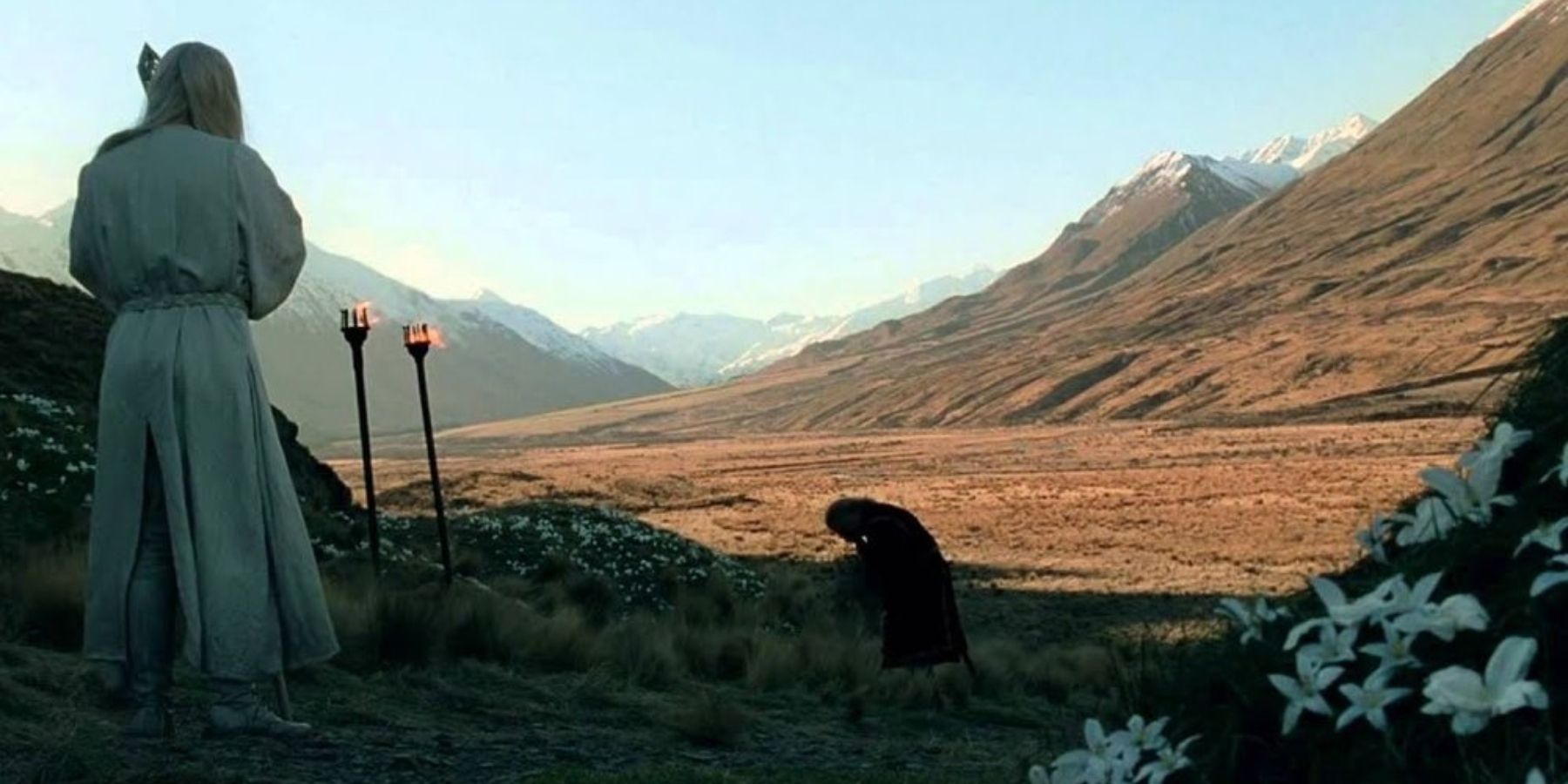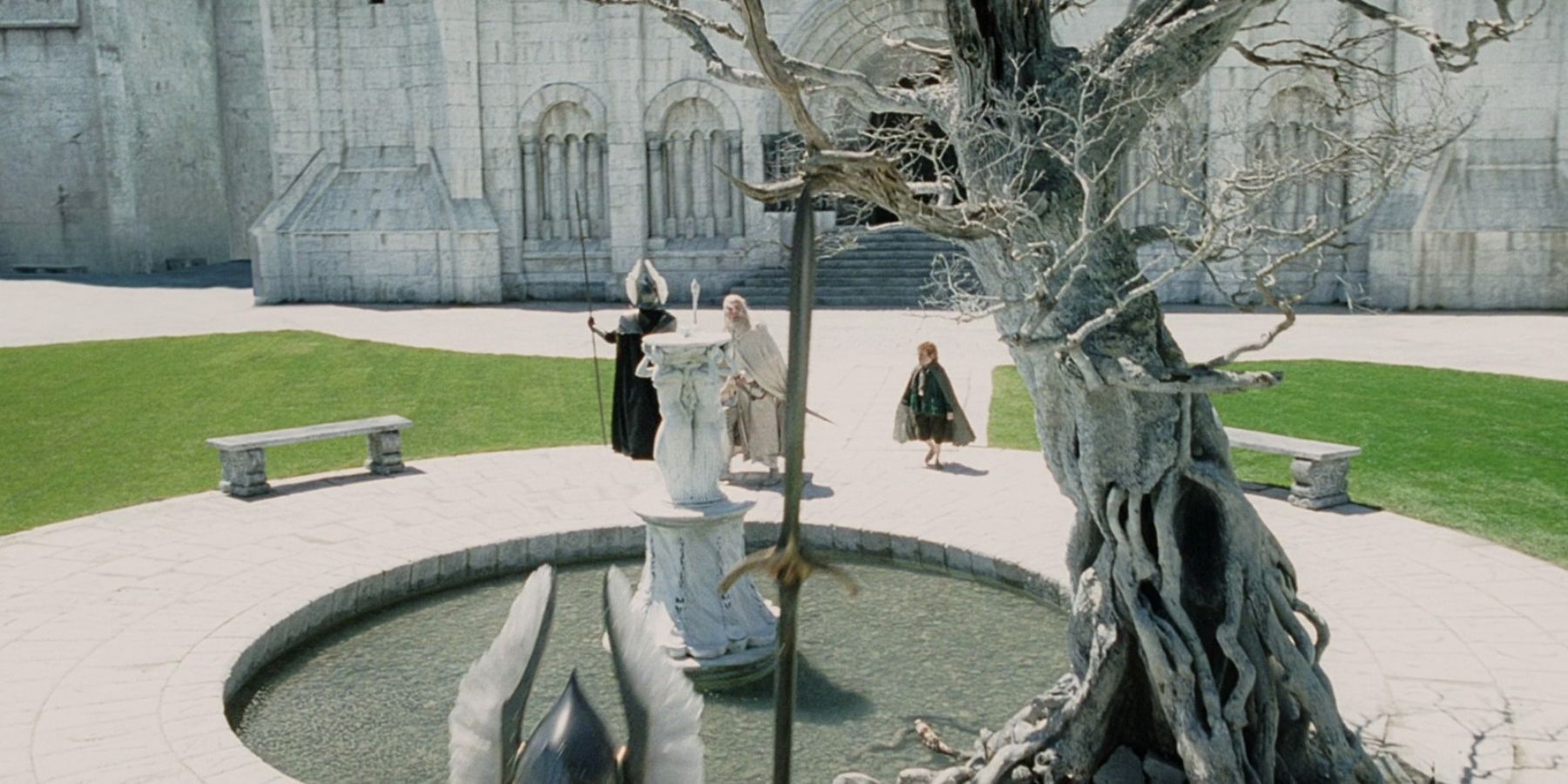The Lord of the Rings Trilogy by J.R.R. Tolkien features a wide range of creatures, each with their own unique characteristics and sounds, and many of them are essential in Helping the Fellowship achieve the task of destroying the One Ring. There is Bill The Pony, who helps the companions on their journey from Rivendell, the Eagles, who transport Frodo and Sam from Mount Doom to safety, and of course, Shadowfax, who helps Gandalf lead the defense against the siege at Helm’s Deep, to name a few. But there is also an extensive list of plants throughout the trilogy that is equally important in the success of the fellowship.
It is well known among Tolkien fans that Tolkien himself was a lover of nature and the outdoors. He adored the English Countryside, with its huge variety of flower and tree species, and he incorporated his interest in Botany throughout his extensive works. The most glaring example of course is that of the Ents, shepherds of the woodland who protect the trees in Fangorn Forest, and who help take down the tower of Isengard. But beyond this, there are a great number of important plants that help to care for the sick and the needy, as well as some that have very specific and significant purposes within the overarching message of the story.
A prime example of one of these potent flowers is that of Athelas. This unusual herb's name comes from the Sindarian Elvish ‘athaya’ meaning ‘beneficial’ and ‘lass’ meaning ‘leaf’, and it was originally brought to Middle Earth by the Numenorians. Its extraordinary healing properties were used predominantly by Elves, and over the years were forgotten by both Men and Hobbits. When Frodo is stabbed on Weathertop, Aragorn says the name to Samwise, and his response is ‘Kingsfoil? It’s a weed’. However, this ‘weed’ is one of the most powerful medicines in Middle Earth and is used to heal Eowyn and Faramir in the Houses of Healing, both of whom have been poisoned and are on the brink of death. Due to his history as a Dunedain ranger, and a descendant of the ruling line of Gondor, Aragorn has the knowledge of how to use the plant to restore them to health, thus saving his friends and also strengthening his claim to the throne.
Another important flower in the trilogy that helps Aragorn return to his rightful place as king is the flower that blooms on the tree of Gondor. The famous white tree, which stands in the center of Minas Tirith, is shown in Peter Jackson’s film adaptations to be withering and dying as the rule of Gondor falls under the watchful eye of Denethor the Steward. The tree, thought to be similar to a laurel, with dark leaves on top and silver underneath, begins to bloom once more when Aragorn draws near, proving beyond donut that he is the heir of Isildur, one of the founders of Gondor upon whom the Argonath are based. It is worth noting that Tolkien was also an enthusiastic studier of Norse Mythology, so it stands to reason that the Tree of Gondor also bears many similarities to that of Yggdrasil, the tree of life that links the nine realms.
In opposition to the life and healing properties of the first two flowers, this third example of flora is a plant shown in times of mourning and in sadness. Most notably, Simbelmyne grows on the graves outside of Edoras, the great hall of Rohan, where all of the kings are buried. It features prominently in the scene of Theodred’s burial, as he is laid to rest among his forebears, and Theoden king holds up one of these flowers to Gandalf after the funeral procession is over. Gandalf says that it will help the young prince’s soul to find its way to peace and prosperity among the spirits of his kin, but this does not comfort or relieve the sense of loss that is felt by all in Rohan.
Other notable plants within the trilogy include Old Toby, the finest pipeweed in the South Farthing, which is a herb that Hobbit’s love to smoke, and Mallorn leaves from Lothlorien. In the introduction to ‘Concerning Hobbits’ we are told that there are many different types of hobbits, but all of them share a love for things that grow and have a particular penchant for the leaf that creates smoke rings when blown out of a pipe. In a comical scene, Merry and Pippin smoke almost an entire barrel each, which they find in Isengard. Merry later wrote a book about the different strains of pipeweed entitled 'Herblore of the shire'. Mallorn leaves have a much purer purpose, as they fall from the white trees of the woodland realm of Lothlorien, and are used to keep Lembas bread, the secret food of the elves which helps the fellowship stay nourished throughout their long journey to Mordor and surrounding lands, fresh and edible.


